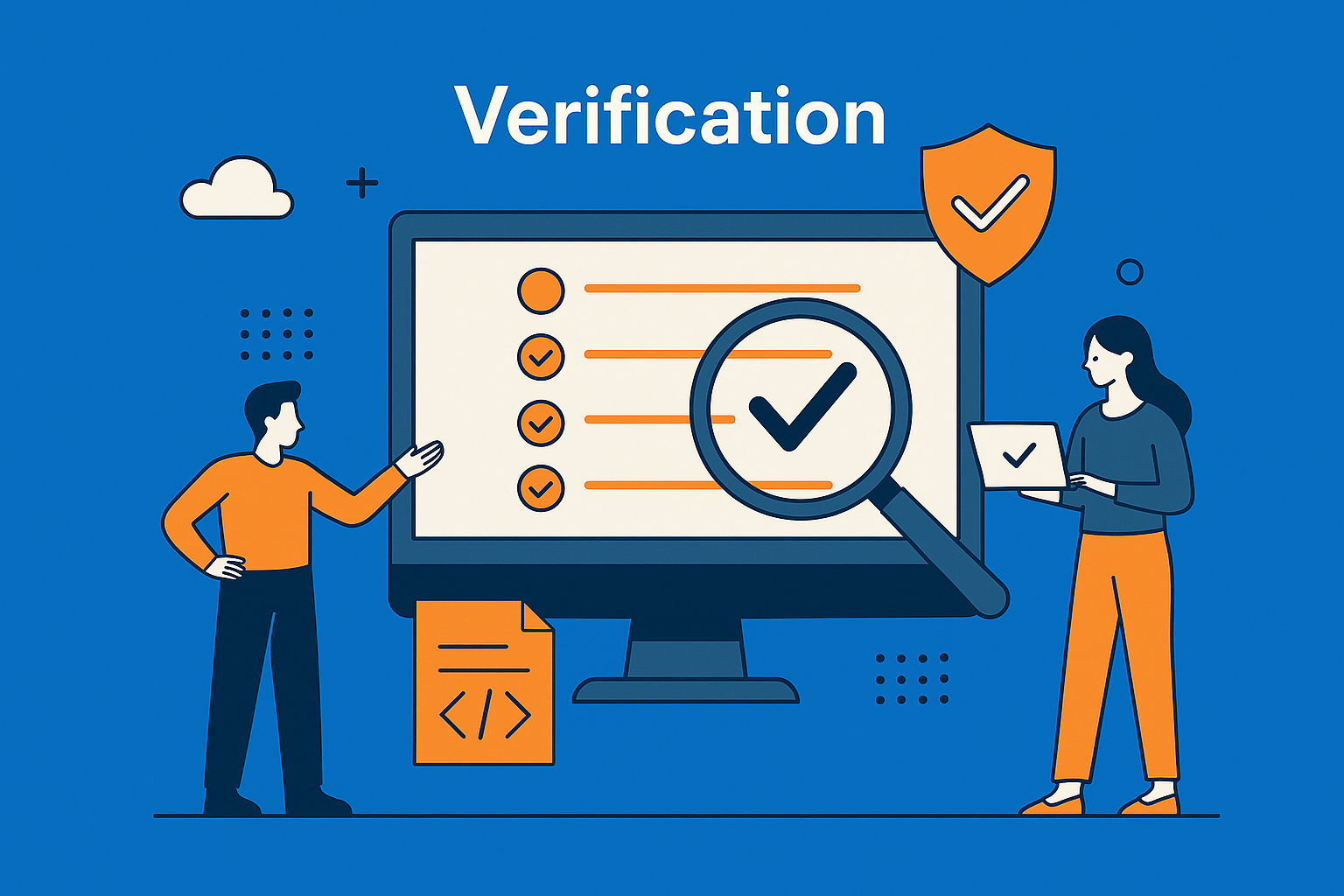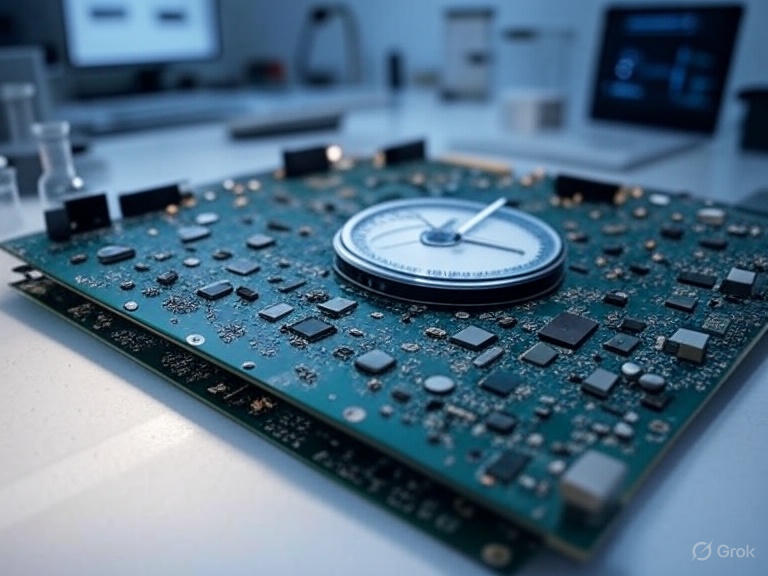Verification
Overview
In modern semiconductor design, verification is essential to ensure that each chip or IP block performs as expected under all operational conditions. Before any design goes into production, it must be rigorously tested for functionality, safety, and performance to avoid costly rework or failure in the field.
Our verification services are designed to catch design flaws early and accelerate product development cycles. By applying advanced methodologies and verification tools, we help teams confidently move from design to silicon with minimal risk.
What We Offer
- Functional Simulation: Testbench development and simulation-based verification using modern verification frameworks and languages like SystemVerilog and UVM.
- Formal Verification: Static and mathematical checks to confirm design intent and eliminate corner-case issues.
- Linting and CDC Analysis: Automated static checks to ensure code quality, clock domain integrity, and best design practices.
- Emulation and System-Level Testing: Real-time validation using hardware emulation to replicate field-level interactions.
- Post-Silicon Debug Support: Assistance with test plan execution and debugging once the chip is fabricated.
Industries We Serve
- Consumer Electronics
- Automotive Electronics
- Medical and Health Devices
- Telecommunications and Networking
- Industrial Automation
- Aerospace and Defense
Why Partner With Us
- Skilled verification engineers with hands-on experience across diverse domains.
- Adoption of industry-leading methodologies for faster and accurate validation.
- Flexible engagement options suitable for startups to large enterprises.
- Reduced time-to-market through automation and efficient test coverage.
- Focus on first-time-right silicon to minimize costly iterations.
Our Process
- Requirement Analysis: We work with your design team to understand specifications and constraints.
- Verification Planning: A detailed plan is created outlining test strategies and coverage goals.
- Environment Setup: Testbenches, tools, and simulation frameworks are configured.
- Execution & Debug: Test cases are run, bugs are identified, and design is iteratively improved.
- Final Reporting: A comprehensive verification report is delivered with test coverage metrics.
Most Comment Question?
Semiconductor verification ensures reliability and functionality across every design stage. From early logic checks to final validation, each step secures robust performance and minimizes risk for silicon deployment.


